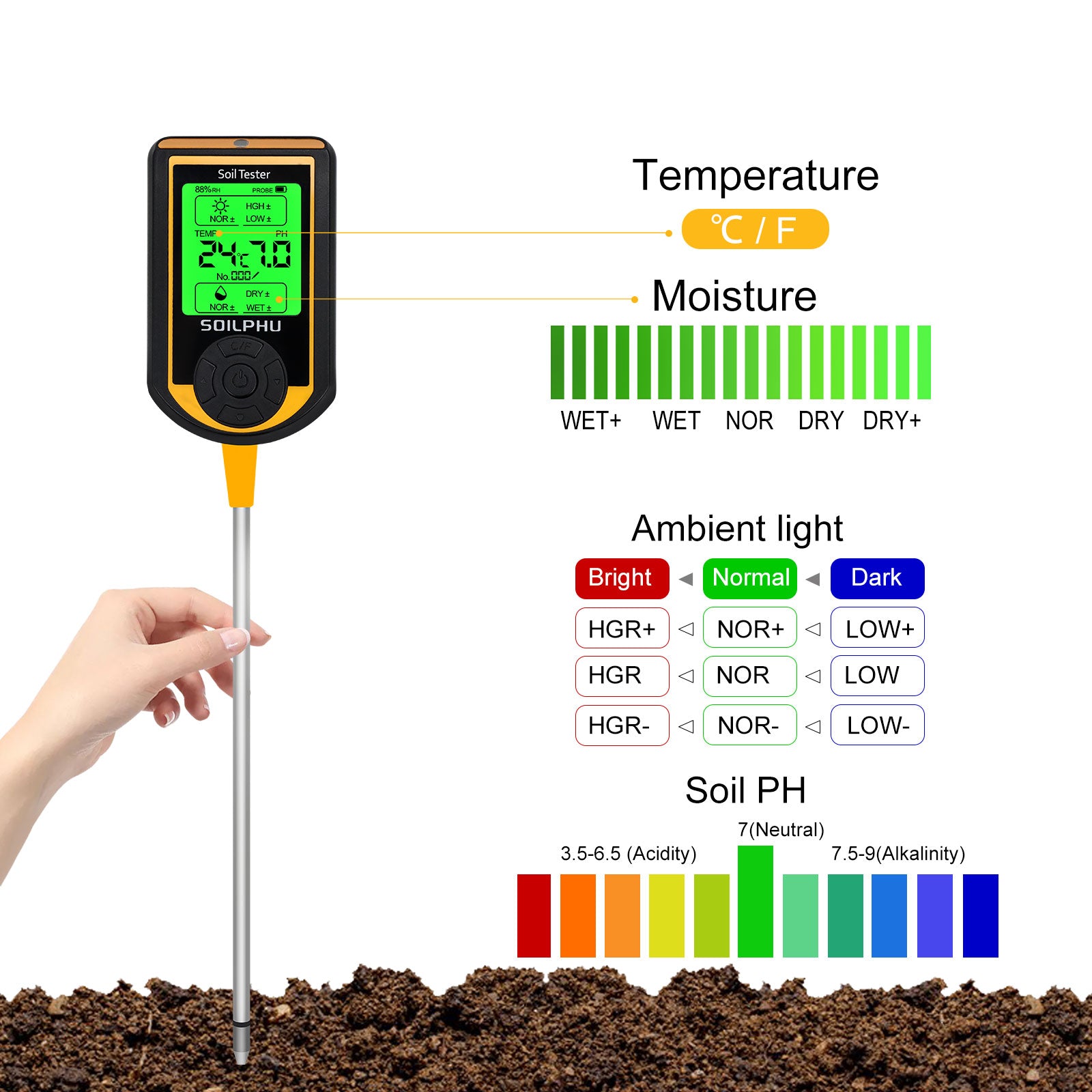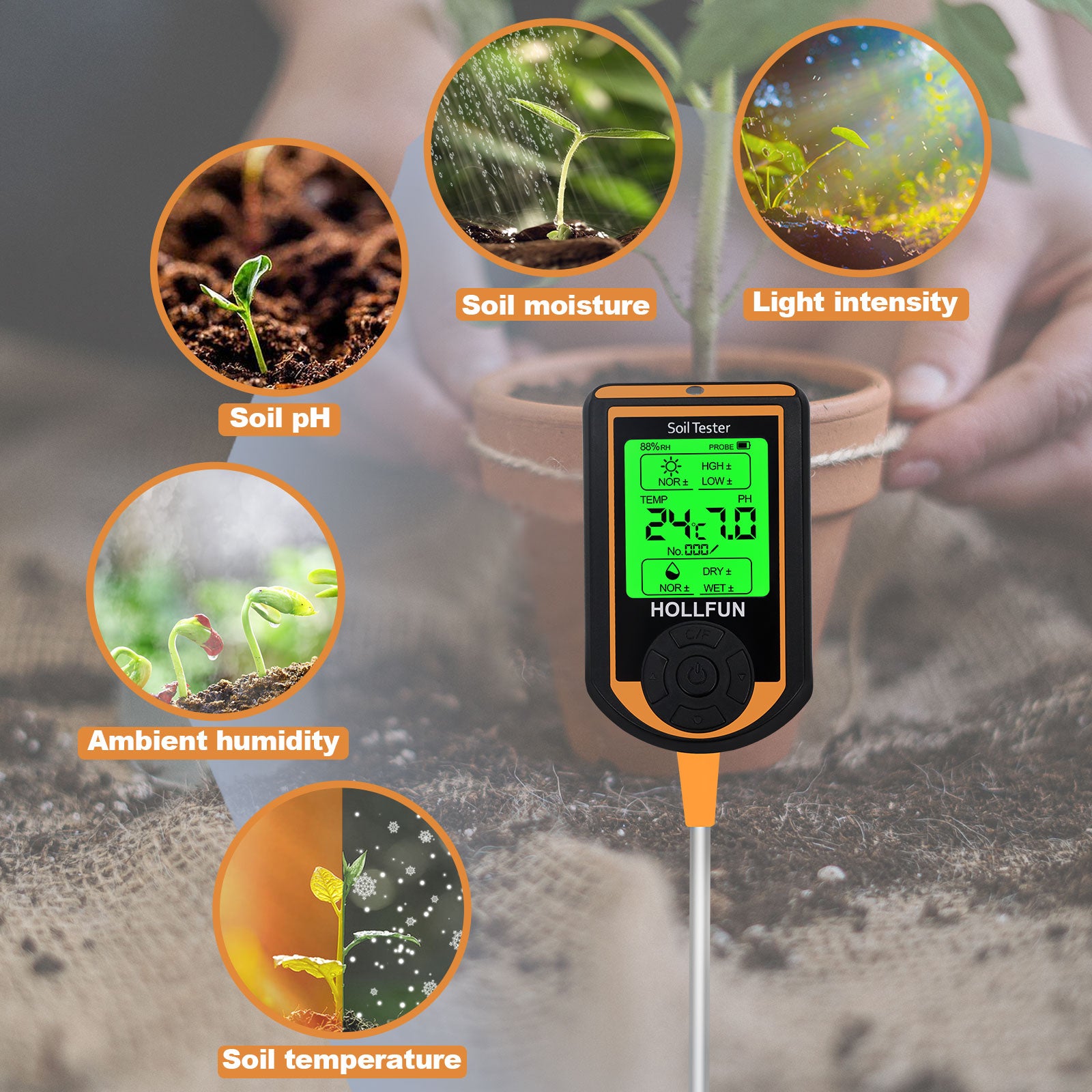Introduction
- Peonies are beloved for their captivating beauty and delightful fragrance. These perennial plants are known for their lush, showy blooms and come in a variety of colors, from delicate pinks to rich reds. To enjoy these stunning flowers in your garden, it's important to follow a scientific approach to planting peonies. Proper planting and care will ensure that your peonies thrive and produce an abundance of magnificent blooms for years to come.
Choose the Right Peony Variety
- Before you start planting peonies, it's essential to select the right variety for your location. There are three main types of peonies to consider:
- Herbaceous Peonies: These are the most common peonies and have soft, herbaceous stems. They die back to the ground in the winter and re-emerge in the spring.
- Tree Peonies: These peonies have woody stems and produce large, long-lasting blooms. They are more like shrubs and add structure to the garden.
- Intersectional (Itoh) Peonies: These hybrids combine the best traits of herbaceous and tree peonies, offering the beauty of both types.
- Choose a variety that suits your garden's climate, size, and aesthetic preferences.
Select the Right Location
- Peonies thrive in full sun, so choose a location in your garden where they will receive at least 6-8 hours of direct sunlight each day. Well-drained soil is also crucial to prevent waterlogged roots, which can lead to diseases. Peonies prefer slightly alkaline soil with a pH between 6.5 and 7.5.
When planting peonies, follow these scientific steps for success:
A. Prepare the Soil:
- Amend the soil with organic matter, such as compost or well-rotted manure, to improve drainage and fertility.
- Dig a hole that is about 2 feet in diameter and 2 feet deep.
- Place the peony in the hole with the eyes (buds) facing upwards. Herbaceous peonies should be planted 1-2 inches below the soil surface, while tree and intersectional peonies can be planted slightly deeper.
- Plant peonies at least 3 feet apart to allow for proper air circulation and future growth.
- Water the newly planted peony thoroughly, and then mulch the area with 2-3 inches of organic mulch to retain moisture and regulate soil temperature.
To ensure your peonies thrive, follow these scientific care guidelines:
A. Watering:
- Water peonies deeply but infrequently, allowing the soil to dry out between waterings. They are drought-tolerant once established.
- Apply a balanced, slow-release fertilizer in the spring to promote healthy growth and abundant blooms.
- Prune peonies in the fall after they go dormant. Cut back the dead foliage to the ground and remove any debris to prevent disease.
- Use peony rings or stakes to support heavy blooms and prevent them from bending or breaking.
Peonies typically take a year or two to establish themselves and produce their best blooms. It's important to be patient and provide consistent care to help them thrive.
Conclusion
- Planting peonies is a scientifically guided process that begins with selecting the right variety and location and continues with proper soil preparation and care. By following these steps, you can enjoy the breathtaking beauty of peony blooms in your garden year after year. With a little patience and dedication, your peonies will reward you with an abundance of stunning, fragrant flowers.











